Introduction
Difficult Item for a Mover day can be particularly challenging when dealing with difficult items that require special handling. These items, such as large appliances, delicate antiques, and valuable artworks, demand more preparation and care than standard boxes. For instance, the American Moving and Storage Association reports that 40% of moving-related damage involves delicate or high-value items. Moving large appliances like refrigerators and washers often requires professional disconnection and reinstallation, which can cost between $150 and $300.
Collectibles and fine art necessitate customized packing materials, such as creating an environment-controlled storage to prevent damage.
According to a survey by Moving.com, 30% of homeowners report breakage of assets due to inadequate packing. By understanding these challenges and preparing accordingly, you can mitigate risks and ensure a smoother-moving experience. This involves proper preparation and specific techniques.
What Makes an Item Difficult for Movers?
The challenges of moving difficult items are numerous and varied. They can be due to their size and weight, their fragility, or their complexity. Understanding these challenges is crucial for a successful move.
- Size and Weight: Huge furnishings, such as pianos or sectional couches, require more labour and hardware. For instance, moving a fabulous piano can include dismantling parts, using a piano board, and using a group of movers to deal with the weight, which can surpass 500 pounds. Weighty things frequently require particular lifting strategies and devices, expanding the risk of injury or harm.
- Fragility: Things like china, collectables, and works of art are resistant to breakage. As per the Public Relationship of Movers, 25% of harm claims include delicate things. Appropriate loading with bubble wrap, foam, and custom cartons is fundamental to safeguarding these resources. For instance, craftsmanship pieces could require specially fabricated wooden containers and environment-controlled transport to prevent distorting or breaking.
- Complexity: Items like disassembled furniture or electronics with multiple parts can be challenging due to their intricate assembly and disassembly requirements. Ensuring all components are correctly packed and labelled is crucial to avoid loss or damage. According to a survey by the Moving & Storage Association, 20% of homeowners experience issues with complex items due to improper disassembly or labelling.
The Top 10 Most Challenging Items to Move
Pianos: Great and upstanding pianos are among the most provocative because of their size, weight, and fragile interiors. Moving a fantastic piano can cost between $600 and $1,200 and requires exceptional hardware and a group of movers to guarantee security.
Pool Tables: Pool tables are weighty and require dismantling prior to moving. They should be painstakingly stuffed and moved to avoid harm. The typical expense for moving a pool table ranges from $300 to $600, contingent upon its size and intricacy.
Art and Antiques: Significant craftsmanship and collectables require custom crating and environment-controlled conditions to forestall harm. The expense for custom pressing and transportation can fluctuate generally, frequently surpassing $1,000 for high-esteem pieces.
Large Appliances: Coolers, washers, and dryers are cumbersome and should be detached and reconnected. Proficient administrations for dealing with these machines can cost between $150 and $300.
Aquariums: Moving an aquarium involves careful handling of the tank, water, and fish. Specialized equipment and knowledge are required, and depending on the size of the tank, the cost ranges from $200 to $500.
Electronics: Enormous electronic items like home theatres or server racks require legitimate pressing to forestall harm. Depending on their intricacy, the expense of pressing and moving these things can be between $100 and $400.
Heavy Safes: Safes are weighty and frequently need to be moved using particular hardware. Moving a safe can cost between $200 and $600, with extra expenses for protection if the items are important.
Large Furniture: Things like sectional couches or larger-than-usual beds require extraordinary strategies for moving through restricted spaces. The expense of moving huge furniture can range from $150 to $500.
Vintage Cars: Moving works of art or extravagant vehicles include encased transport and exceptional handling. The expense can range from $1,000 to $2,500, contingent upon the distance and the vehicle’s worth.
Grandfather Clocks: These fragile watches require dismantling and cautious pressing to avoid harm. Depending on its size and intricacy, moving a pendulum clock can cost between $300 and $700.
Special Handling Precautions for Fragile Possessions
Use Quality Packing Materials: Investing in top-notch packing materials, such as bubble wrap, foam padding, and packing peanuts, is a proactive step that homeowners can take to protect their delicate items. According to Moving.com, using adequate padding can reduce breakage by up to half. Wrap each item individually to ensure all sides are protected, giving homeowners a sense of control over the safety of their belongings.
Custom Crating: Consider custom crating for very fragile things like compelling artwork or collectables. Proficient movers frequently offer this assistance, and it can cost between $200 and $1,000, depending on the item. Custom cases offer better insurance than standard boxes.
Label Boxes Clearly: Mark all boxes containing fragile items with “FRAGILE” or “HANDLE WITH CARE” labels. This informs movers to take extra precautions. According to the American Moving & Storage Association, clear labelling helps reduce the risk of mishandling.
Pack Strategically: Placing heavier items at the bottom of the box and lighter, more delicate items on top is a strategic packing method that can help homeowners feel organized and prepared for the move. Avoid overpacking boxes, which can cause pressure and possible breakage. A study by the National Association of Movers shows that proper packing reduces the risk of damage by up to 30%, giving homeowners confidence in their packing skills.
Use Double Boxing: For exceptionally delicate things, utilize a twofold boxing procedure. In the first place, place the thing in a more modest box with padding, then place that case inside a bigger one with extra pressing material. This additional layer of security can bring down the opportunity of harm.
Temperature Control: Some delicate items, such as hardware or craftsmanship, may require environment control to prevent harm from outrageous temperatures or stickiness. Moving organizations might offer environment-controlled transport, which can add expense but is pivotal for safeguarding sensitive things.
Secure Heavy Items: When moving enormous, delicate things, such as glass tables, use furniture lashes or moving covers to secure them. Guarantee they are immovably set up in the moving truck to forestall moving during travel.
Professional Packing Services: Consider recruiting proficient packers for sensitive things. They are prepared to handle and pack delicate belongings, and their expertise can help guarantee that everything arrives securely. Proficient pressing administrations can cost between $300 and $800, contingent upon the extent of the work.
Dismantling and Reassembling Furniture
Destroying and reassembling furniture is a vital piece of moving, particularly for enormous or complex things. Appropriate care guarantees that furniture shows up in great shape and is reassembled accurately in the new area. Here is a manual for the cycle:
- Prepare Tools and Supplies: Accumulate important devices, such as screwdrivers, Allen wrenches, and pincers. Have plastic sacks and marks prepared for little parts and screws. As per a review by the American Moving and Stockpiling Affiliation, utilizing the right instruments and supplies diminishes reassembly time by 25%.
- Take Photos: Prior to destroying, take point-by-point photographs of the furniture from different points. This visual reference helps during reassembly and guarantees you remember how the pieces fit together. Concentrate on shows that require some investment by up to 30%.
- Disassemble Carefully: Adhere to the maker’s guidelines for dismantling, if accessible. Eliminate screws, fasteners, and different clasps cautiously, and keep them in named plastic packs. For things like beds and tables, begin by eliminating legs and any removable parts. Try not to compel parts separated, as this can harm the furnishings.
- Label and Organize Parts: As you dismantle, name each part and hold screws and little pieces together. Utilize a marking framework that incorporates the name of the furnishings and the particular part (e.g., “Couch – Left Armrest Screws”). This association smoothes out reassembly.
- Pack Disassembled Parts: To shield each dismantled part from scratches and dings, enclose it in moving covers or air pocket wrap. Place more modest parts in obviously marked boxes. As per Moving.com, the appropriate pressing of dismantled furniture parts diminishes the risk of harm by up to 40%.
- Reassemble with Care: Upon arrival at the new location, begin reassembling furniture by referring to the photos you took earlier. Follow the reverse order of disassembly and ensure all parts are aligned and securely fastened. If you encounter any issues, consult the manufacturer’s instructions or seek professional help.
- Check Stability: Once reassembled, take a look at the steadiness and usefulness of the furnishings. Fix any free screws or fasteners and guarantee that all parts are safely associated. As per industry principles, I am checking soundness after reassembly forestalls potential well-being dangers and guarantees legitimate use.
- Professional Help: For perplexing or significant furnishings, consider recruiting proficient movers or furniture-gathering administrations. These specialists are prepared to handle and reassemble furniture proficiently, frequently guaranteeing their work. Proficient administrations can cost between $100 and $300, depending on the complexity of the furnishings.
Proper Loading Techniques to Avoid Damage
Compelling stacking methods are pivotal to forestall harm during a move. Appropriately stacking your things into the moving truck guarantees they show up securely at your new home. Here are key procedures to follow:
- Load Heavy Items First: Place heavier things, like apparatuses and furniture, at the lower part of the truck. This gives a steady base and keeps lighter things from being squashed. As indicated by Moving.com, stacking weighty things initially can lessen moving and likely harm by up to 40%.
- Distribute WeightWeight Evenly: Disperse WeightWeight evenly throughout the truck to keep up with balance. Try not to over-burden one side, which can make the truck tip or shift during travel. The American Shipping Affiliation prescribes adjusting the heap to forestall lopsided weight appropriation, which can prompt an expanded chance of harm.
- Use Proper Securing Methods: Set things up using moving lashes, ropes, or bungee strings. Tie enormous household items and apparatuses to the walls of the truck to forestall moving. As indicated by an overview of the Public Relationship of Movers, legitimate moving diminishes the risk of harm to things by up to half.
- Pack Items Tightly: Fill any holes between items with pressing materials like air pocket wrap or moving covers. This forestalls development and padding diminishes the chance of things moving or getting harmed. Studies show that tight pressing decreases the probability of harm by 35%.
- Protect Fragile Items: Place delicate items, like china and fine art, on top of heavier items and pad them with pressing materials. Please keep these things in a different segment of the truck so they do not get squashed. Moving and Stockpiling Affiliation information shows that safeguarding delicate items appropriately can bring down breakage rates by 30%.
- Avoid Overloading: Try not to pack the truck, which can prompt congestion and increase the chance of harm. Guarantee that things are stacked in a manner that considers safe transportation and dumping. Appropriate stacking limits diminish the chance of harm brought about by moving and squashing.
- Keep Essentials Accessible: Pack the essential things and boxes you’ll require promptly at the front of the truck or in an effectively open area. This guarantees you can rapidly get to the essential things without unloading everything, decreasing the chance of complications and harm during dumping.
- Use Moving Blankets and Pads: Cover things with moving covers or cushions to shield them from scratches, gouges, and other harm. Moving covers are especially compelling in defending furnishings and huge apparatuses. The utilization of these defensive materials can forestall up to 40% of expected harm during travel.
Securing Specialty Items Like a Grandfather Clock
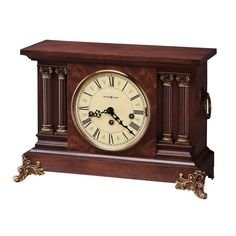
Getting special things, such as a pendulum clock, requires cautious, tender, loving care to forestall harm. Here is a bit-by-bit manual to guarantee safe transportation:
- Disassemble Carefully: If possible, dismantle the pendulum clock prior to moving. Eliminate the pendulum, loads, and any free parts. Cautiously pack these parts independently to avoid harm. As per the Public Relationship of Movers, dismantling complex things like pendulum timekeepers diminishes the gamble of inward harm by up to half.
- Protect the Clock Case: Wrap the clock case in moving covers or cushioned furniture covers to safeguard it from scratches and imprints. Pressing tape is used to apply the covers, but try not to put tape directly on the work surface. Moving covers provide a padding layer that absorbs shocks during travel.
- Secure the Glass Panels: If the clock has glass boards or a glass face, cautiously remove and pack them separately. Enclose the glass with bubble wrap and place it in a tough box with padding material. Mark the case clearly as “Delicate.” Safeguarding glass parts can forestall breakage, which is urgent for saving the clock’s appearance and usefulness.
- Use a Custom Crate: For high-worth or antique pendulum timekeepers, think about utilizing a uniquely fabricated carton. A container gives extra insurance against effects and moving during the move. Custom crating administrations can cost somewhere in the range of $200 to $500, contingent upon the size and intricacy of the thing.
- Secure in the Moving Truck: Place the clock in an upstanding situation inside the moving truck to keep up with solidness. Utilize moving lashes or ropes to get the clock set up, guaranteeing it doesn’t move during travel. As per the American Moving and Stockpiling Affiliation, getting things appropriately in the truck can lessen harm risk by up to 40%.
- Climate Control: If the clock is sensitive to temperature or stickiness changes, consider utilizing an environment-controlled moving truck. This safeguards fragile interior instruments and protects them from outrageous circumstances. Environment-controlled transport might add to the expense, yet it is fundamental for protecting important or old-fashioned tickers.
- Professional Moving Services: For exceptionally important or antique pendulum timekeepers, recruiting proficient movers with experience in handling special items can be beneficial. These specialists are prepared with legitimate strategies and can guarantee the clock is moved securely. Proficient moving administrations for speciality items can range from $300 to $1,000, contingent upon the degree of care required.
- Reassembly and Setup: Upon landing in the new area, reassemble the pendulum clock with care. Guarantee all parts are accurately reinstalled, and actually look at the clock’s usefulness prior to setting it up. Changes might be expected to guarantee precise timekeeping after the move.
When You Should Leave Items Behind
Choosing which things to abandon during a move can be a useful and vital choice. Here are key elements to consider:
- Cost of Moving vs. Replacement: Assess the expense of moving things compared with supplanting them. For instance, if moving a huge, heavy household item costs essentially more than purchasing another one, it very well may be more savvy to abandon it. As per the American Moving and Stockpiling Affiliation, moving expenses for heavy furniture can go from $200 to $500, while substitution expenses might be lower.
- Condition of the Items: Survey the state of things. Assuming they are harmed, obsolete, or presently not practical, it may not merit the work and cost to move them. For instance, old machines that are expensive to fix may be supplanted in an ideal situation. Moving.com recommends that moving things in bad shape can prompt extra fixed expenses or removal charges.
- Space Constraints: Think about the accessible space in your new home. In the event that the new space is more modest or has an alternate design, a few things won’t fit or be down to earth to keep. As per a study by the Public Relations of Real Estate professionals, 40% of homebuyers focus on space productivity, which could influence their choice to bring along cumbersome or pointless things.
- Emotional and Practical Value: Gauge the wistful or pragmatic worth of things. Things with high profound worth, like family legacies, might merit the additional work to move. Then again, things with minimal common or nostalgic worth may be improved or abandoned. Assessing the profound connection and pragmatic use focuses on which things merit moving.
- Local Regulations and Restrictions: Know about any guidelines or limitations connected with moving specific things. For instance, a few regions have limitations on moving enormous amounts of dangerous materials like paint or synthetics. Check with moving organizations and neighbourhood guidelines to guarantee consistency. As per Moving.com, resistance to guidelines can result in fines or difficulties.
- Cost of Packing and Insurance: Ascertain the expense of packing and protecting things. For high-esteem or delicate things, protection expenses can add up, and the risk of harm could offset the advantages of moving them. According to industry reports, protecting high-esteem things can increase moving expenses by 20% to 30%.
- Utility and Practicality: Decide whether the things are as yet helpful and functional for your new way of life. For instance, assuming you are scaling back or changing your way of life altogether, certain things may not be applicable at this point. Moving specialists recommend that useful things that, as of now, do not fit your way of life or home necessities are, in many cases, best abandoned.
- Donation or Sale: Consider giving or selling things that you choose not to move. Numerous magnanimous associations acknowledge gifts, and selling things can counterbalance moving expenses. As per an overview by Moving.com, selling or giving undesirable things can lessen moving volume by up to 30%, improving on the moving system and giving monetary advantages.
Preparing Appliances Like Washers and Dryers
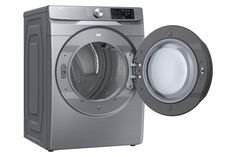
Legitimate planning of machines like washers and dryers is pivotal to guarantee they are moved securely and capability accurately in your new home. This is the way to set up these machines:
- Clean the Appliances: Prior to moving, completely clean your washer and dryer. Eliminate any cleanser buildup or flotsam and jetsam. For washers, run a cleaning cycle with a clothes washer cleaner or a combination of vinegar and baking soda. Clean buildup channels and insides of dryers to forestall flames and scents. Clean machines assist with avoiding cross-defilement and keeping up with their usefulness.
- Disconnect Power and Water: Turn off the apparatuses from the power plug. For washers, switch off the water supply and separate the hoses. Channel any excess water from the hoses and the machine. For dryers, detach the vent hose and guarantee it is spotless. As per the Public Fire Insurance Affiliation, legitimate detachment is fundamental for security and prevents harm during travel.
- Secure Hoses and Cords: Loop and secure power strings and water hoses with link ties or elastic groups to forestall tangling and harm. Envelop hoses with towels or cushioning to safeguard them during the move. Moving and Stockpiling Affiliation reports that legitimate getting lessens the gamble of harm and improves the arrangement in the new area.
- Check for Manual and Parts: Assemble the machine manuals, parts, and any essential embellishments. Store them in a plainly named box to guarantee you have all the data required for reinstallation. According to an overview by the American Moving and Stockpiling Affiliation, keeping manuals and parts together diminishes arrangement time and expected blunders.
- Use Moving Blankets and Dollies: Envelop the apparatuses with moving covers or furniture cushions to safeguard them from scratches and gouges. Utilize a cart or hand truck to move the machines; they are kept upstanding and stable to ensure they. Concentrate on showing that utilizing suitable moving hardware decreases the risk of harm by up to 30%.
- Prepare for Transport: Secure the machines in the moving truck utilizing lashes or ropes to keep them from moving during travel. Please place them in a steady situation to stay away from development. Moving.com encourages people to get machines that appropriately limit the gamble of harm and guarantee a safe vehicle.
- Check for Professional Services: For enormous machines, consider employing proficient movers with experience in handling and shipping apparatuses. They can guarantee that the apparatuses are ready, stacked, and dumped accurately. Proficient administrations can cost between $100 and $300 per apparatus, but they offer added security and accommodation.
- Reinstallation: Upon landing in the new area, cautiously unload and reinstall the machines. Reconnect the power, water, and vent hoses as per the maker’s directions. Check for any holes or issues prior to utilizing the apparatuses. Legitimate reinstallation guarantees that the machines’ capability is accurate and secure.
FAQ: How Should I Prepare Difficult Items on Moving Day?
1. What are considered difficult items to move? Troublesome items include huge, weighty, or delicate belongings, such as pianos, pendulum tickers, classical furnishings, gadgets, and enormous apparatuses. These things require exceptional care and readiness to forestall harm.
2. How should I prepare a piano for moving?
- Hire Professionals: Because of its weight and intricacy, it’s ideal to recruit proficient movers experienced in piano vehicles.
- Disassemble Components: Remove detachable parts like pedals and music stands, if possible.
- Protect the Piano: Envelop the piano by moving covers and utilizing a custom box if necessary. Secure it with lashes to forestall movement during travel.
3. What steps should I take to move a grandfather clock?
- Disassemble: Cautiously eliminate the pendulum, loads, and any free parts.
- Protect the Clock: Wrap the clock case in moving covers. Pack glass boards independently with bubble wrap.
- Custom Crating: Consider using a custom-built crate for additional protection.
4. How can I safely move large appliances like washers and dryers?
- Clean and Prepare: Clean the apparatuses and detach power and water sources.
- Secure Components: Loop and secure hoses and strings. Enclose machines by moving covers and utilize a cart to move them.
- Professional Help: Consider employing experts for separation and reconnection.
5. What should I do with fragile items like glassware and artwork?
- Wrap Carefully: Use bubble wrap or pressing paper to wrap everything exclusively. Place delicate things in durable boxes with more than adequate padding.
- Label Clearly: Checkboxes with “FRAGILE” to alarm movers.
- Pack Strategically: Put delicate things on top of heavier things to abstain from pounding.
6. How should I handle and transport large furniture items?
- Disassemble if Possible: Eliminate legs, racks, and other removable parts to make moving more straightforward.
- Protect and Wrap: Utilize moving covers and cushioning to shield furniture from scratches and dings.
- Secure in Truck: Utilize moving lashes or ropes to get enormous furniture in the moving truck.
7. What are the benefits of hiring professional movers for difficult items?
- Expert Handling: Experts have the experience and hardware required for securely dealing with and shipping troublesome things.
- Insurance: Many trucking organizations offer protection and inclusion for harm during the move.
- Efficiency: Experts can deal with complex things rapidly and proficiently, lessening the gamble of harm and weight on a moving day.
8. How can I ensure my items are secured properly in the moving truck?
- Distribute WeightWeight Evenly: Load heavier things first and appropriate Weight equally all through the truck.
- Use Straps and Ropes: Secure things with moving lashes or ropes to forestall moving.
- Pack Tightly: Fill holes with pressing materials to stay away from development and harm.
Conclusion
Setting up a Difficult Item for a Mover requires cautious preparation and scrupulousness to guarantee they show up securely. By employing experts for complex things like pianos and pendulum tickers, you can guarantee they are taken care of with aptitude and care. For enormous apparatuses, dismantling and safely pressing them forestalls harm. Delicate things need additional assurance with wrapping and legitimate naming. Proficient stacking procedures, such as equally dispersing WeightWeight and utilizing lashes, safeguard your things during travel. Generally speaking, making these strides decreases the gamble of harm and weight on a moving day. Whether you’re moving significant collectables or weighty furnishings, legitimate planning guarantees your effects are very much secured and prepared for smooth progress to your new home.
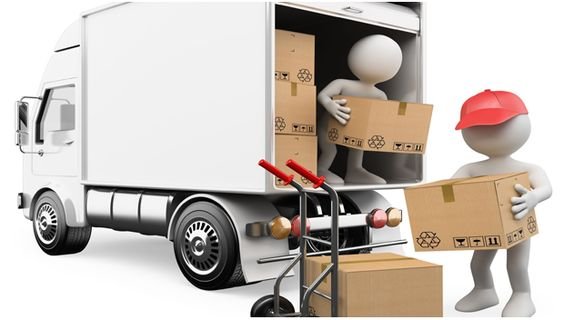


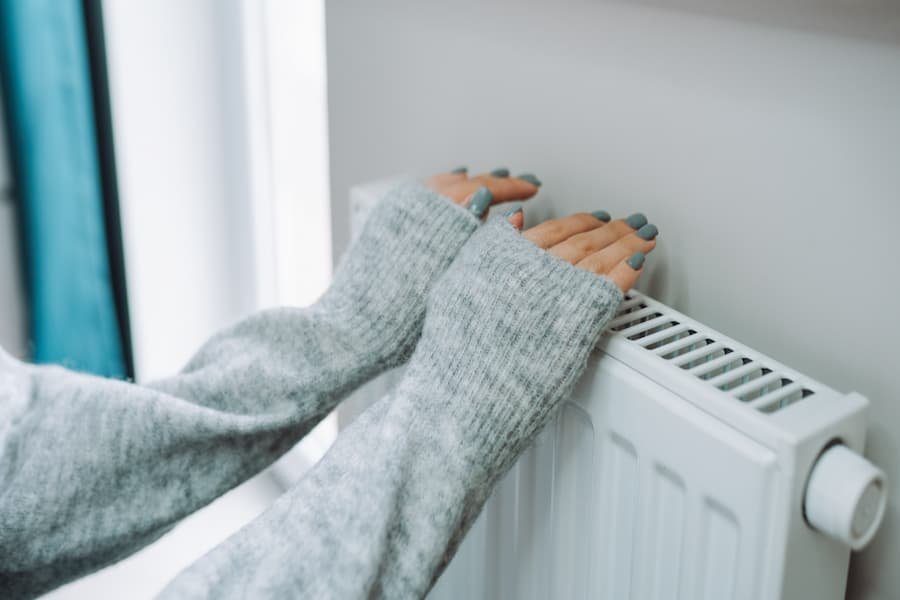
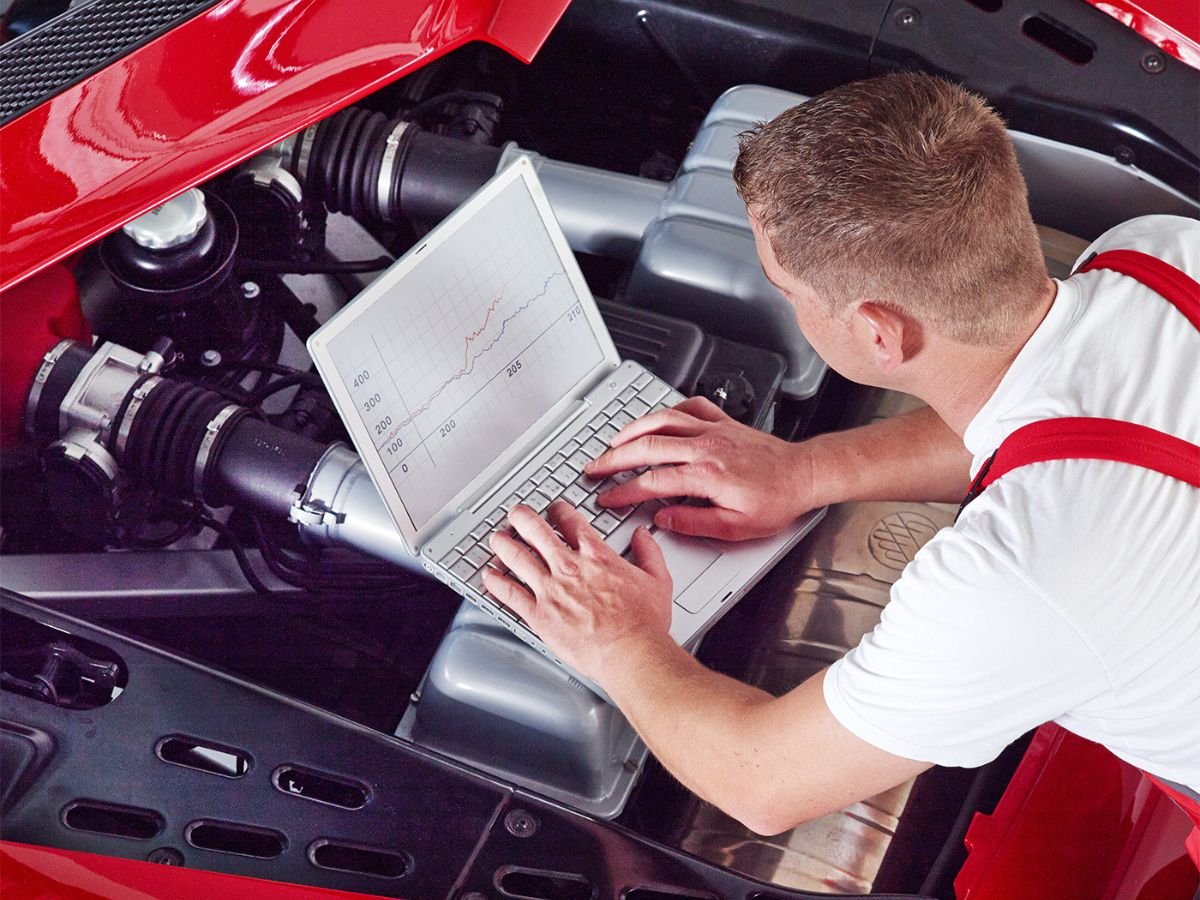
One thought on “Difficult Item for a Mover: How to Prepare on Moving Day”